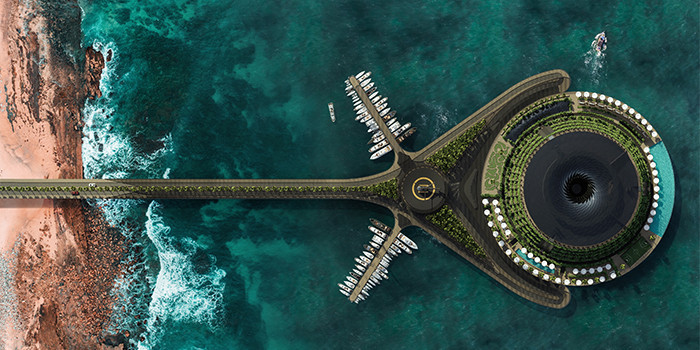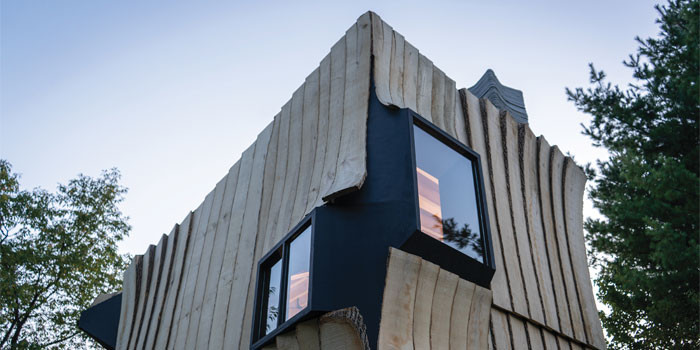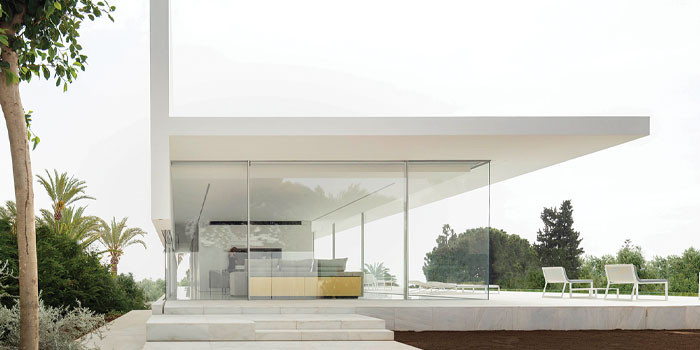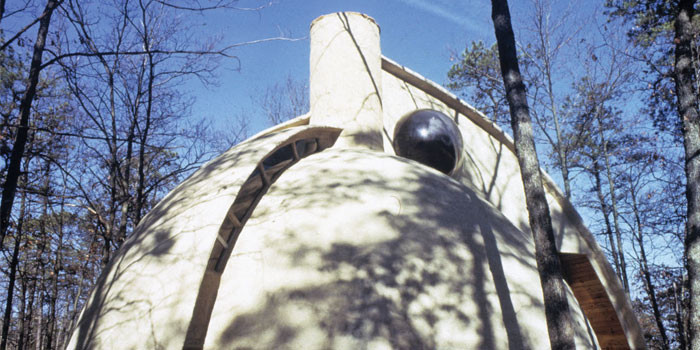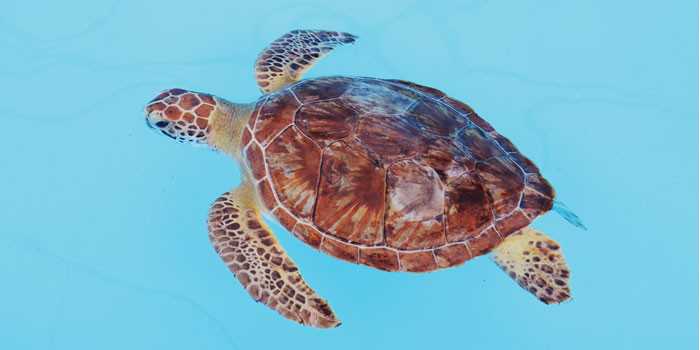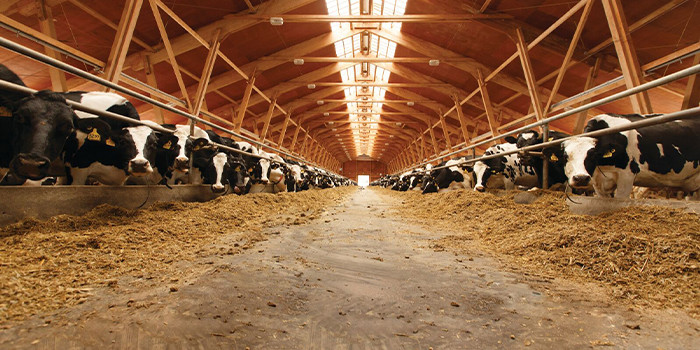Building Life on Mars
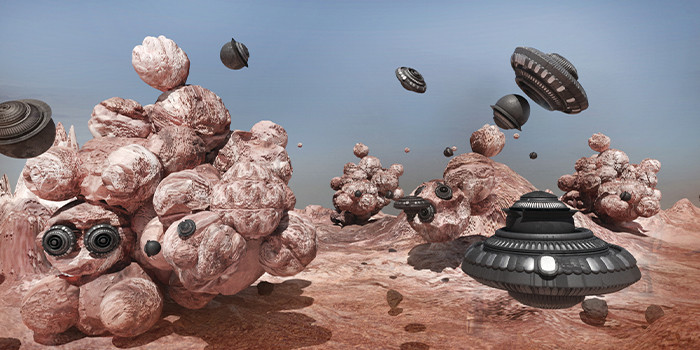

Spray Foam Magazine – Fall Issue 2019 – Turkish Architect Öznur Pınar Çer’s firm, MASK Architects, has designed spray foam covered modular bubbles for the Mars Habitat outlines plan settlements constructed by an array of pre-programmed, semi-autonomous drone robots to commence prior to the eventual arrival of human inhabitants.
Öznur Pınar Çer says, “The habitats would be built in three stages prior to human arrival. Prior to construction, pre-programmed, semi-autonomous drone robots will be deployed by a robotic constructor. Each drone (loaded and programmed) will be equipped with a tightly packaged inflatable bubble material completely surrounding the drone to ensure a safe landing. Inside the main drone, smaller drones and other similar robots will be deployed and divided by function and as an atomic disintegration.’’
Construction will commence on the first stage of creating a bubble structure with inflatable bubble material that will be air-filled and assembled by drones.
The second stage will deploy drones to extract local materials and manufacture ready spray foam under the pre-programmed supervision of engineers and scientists. Pre-programmed autonomous-robots will apply spray foam to the inflatable bubble material in-situ using the manufactured mixed spray foam. Robotic construction and advanced technology will systematically supervise and construct the in-situ cast structural shells before interior final construction.
Spray foam cast structural shells will provide thermal insulation, air barrier, sound barriers, and provide a controlled environment to finish for habitation. It would be designed to protect against damages from meteorite debris, and additional expected atmospheric forces and known pre-existing elements, such as cold air, and a lack of ozone, and harmful ultraviolet rays.
After the second stage of construction on site, cast structural shell are prepared and stabilized on foundations; the main design will be built conventionally on Mars. The habitat clusters will be colored and changed in response to Mars environmental conditions with the main design emulating the essential Mars topography.
Future communal and urban development will utilize extracted local materials and expand onto terrain such as mountainous areas, with foundations and piles driven into stable bedrock; planning the habitation colonies to integrate its urban sprawl with the inherent pre-existing landscape of Martian mountain ranges. One construction stage will include drones to level and fill grade by a scraping, digging and flattening process performed by robots. The main natural landscape and repurposed infrastructural developments and colonies will all be created by spray foam cast local material re-appropriated for human life on Mars. A continuous survey and exploration mission will report and digest the scarce amount of various resources necessary for reinforcement, of either plastic or metallic materials available for extraction and manufacturing.
Consequently, we will create our essential spray foam material using local Mars materials with our fleet of semi-autonomous helper robots.
The main drone named Life’s Nucleus would be settled in the center of the organizing orbital axis of one drone fleet. Following arriving drone fleets can easily identify and reference drone colonies by the significant hierarchical main drone and surrounding orbital helper drones all axially aligned to orbit around the mother drone LN. All drones and robots are programmed for service and appendable to the next fractal of development. Other drones will be split off to settle intersection points on the organizing orbital axes of multiple drone colonies. The purpose of storing bubbles inside of the main bubble is to increase resistance against and insulate the interior controlled environment from the extreme atmospheric conditions on Mars. Severe climatic and low-temperature conditions are inhabitable without advanced technological application and controlled environmental surveys and monitoring.
At the third and final stage of construction: A second inflatable bubble layer will be assembled inside of the main bubble and programmed for direct human habitation. The last layer will be built by a drone, which settled as an intersection point on the orbital axis joined to other exterior structural shell bubbles. Between two bubbles in one module that have airspace of about four meters wide and large enough to produce oxygen suitable for respiration and circulation by humans. That space will produce and supply the interior plenums with oxygen from peripheral surrounding green space organized here and by the settled drone intersection point. In order to make Spray Foam Bubble In-habitat on Mars a habitable planet, the growing green space and an inner layer of bubble material will solve one of two fundamental problems by circulating a balanced exchange of carbon dioxide to plants, and oxygen to humans.
Diversity and Functionality of the Special Designed Drone Robots
The diversity of the drones on mars would be provided with an opportunity to create livable habitats in many different combinations by different size/units of modules. By design, Clusters of conjoined bubble cities would be flexible, appendable and severable. Even disassembled, for reuse at other vital expansions and development. The design of the bubble city will mold into any form of its contextual topography with ease. In the case of different topography on Mars, even the design of the bubble would be shaped in harmony according to the climatic conditions.
Any drone function as a hub of emergency (in case of damage), Buffer zone to provide accessibility between units, agriculture for producing oxygen and transportation to find new habitation on Mars. Drones provide adjoining points between habitat bubbles and settled right and left at the side of the neighboring bubble, also installing infrastructure for transportation within the bubble network and external long-distance ports.
Future of the Modules
As the world has transformed, so have urban areas. Today, cities are home to 54 percent of the world’s population, and by the middle of this century, that figure rose to 66 percent. The result of overpopulated planet earth begs the question of whether humans can expand beyond the green-blue planet we call home. The lack of land and scarce plots within desirable big city life are driving various nations, and private interests to discover life habitats on a new planet. The upside of Mars is its size; which enormous capacity may host a multi-planetary civilization with a far more realistic prospect than any other planet in our solar system. The prospective properties to develop habitats on Mars is most suitable for our voyage unto the expandable bubble city.
The bubble structure of the shape is designed to be expandable, growable, flexible, destroyable and mobile. Modules within the complex can move and disassemble if any bubble has a problem. Creating organically growable units human habitations and activity is possible, adaptable and flexible to expand in regards to the number of the family. An appendable and severable design solution provides a higher quality of life to the inhabitants.
Project name:
Spray Foam Habitat on Mars
Architecture Firm:
MASK Architects
Lead Architects:
Öznur Pınar Çer
Website:
www.maskarchitects.com
Contact:
mask@maskarchitects.com
Architecture Firm Instagram:
@maskarchitects
Urbanization of the bubble cities will be expanded in case of an increasing population. New functions such as education, healthcare, transportation, industries are highly likely consequences of the initial scientific habitat voyage.
Disqus website name not provided.



